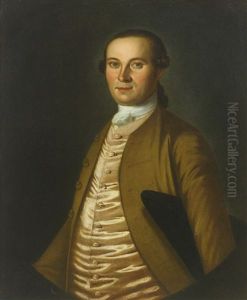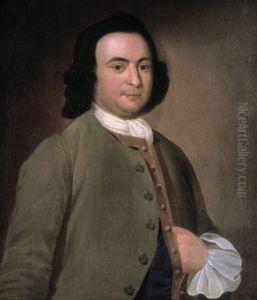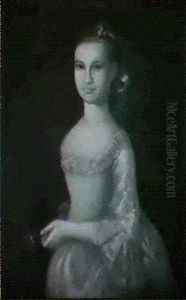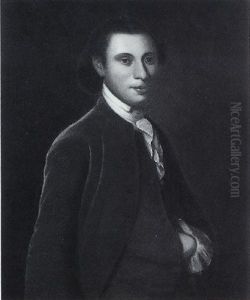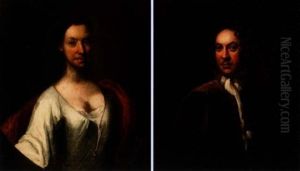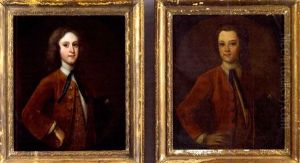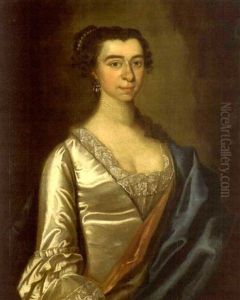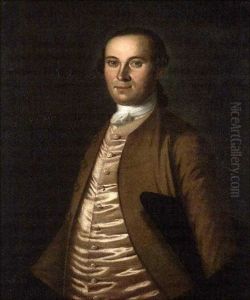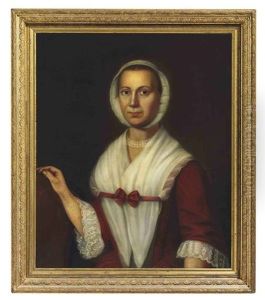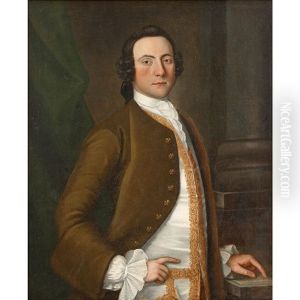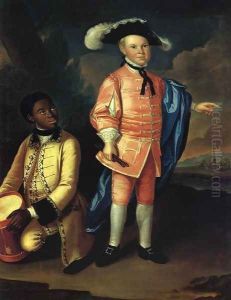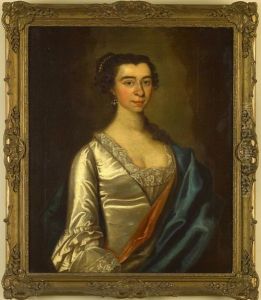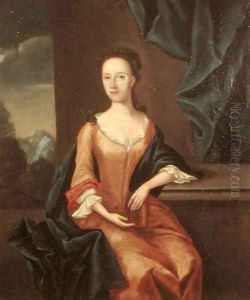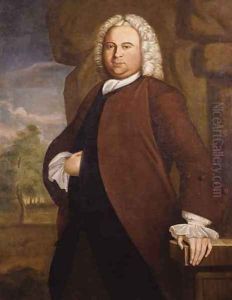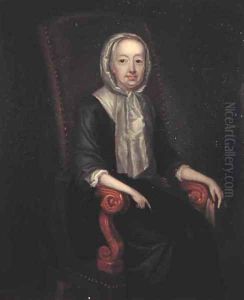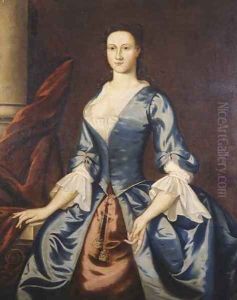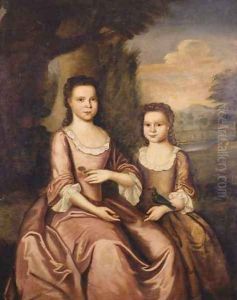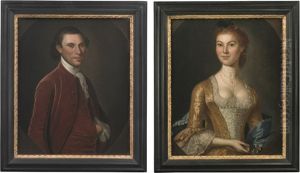John Hesselius Paintings
John Hesselius was an American portrait painter born in 1728 in Philadelphia, Pennsylvania. He was part of a family of prominent artists; his father, Gustavus Hesselius, was also a well-known painter who is considered one of the earliest professional painters in America. John Hesselius's Swedish-American heritage and his family's artistic background played a significant role in his development as an artist.
John Hesselius likely received his initial training from his father. He became active as a professional painter by the mid-18th century. Although not much is known about his early life and training, it is evident from his works that he was influenced by the European Baroque style, as well as by the work of English portraitists such as Godfrey Kneller and Charles Jervas, whose styles were prevalent in the colonies.
Hesselius worked primarily in the Mid-Atlantic colonies, and his clientele included wealthy and influential colonial Americans. He is known to have traveled extensively in search of commissions, working in areas such as Maryland, Virginia, and Delaware. His portraits are characterized by their attention to detail, particularly in the rendering of clothing and textiles, and by a sense of restrained elegance and formality typical of mid-18th-century portraiture.
One of his most famous works is the portrait of the Reverend Richard Brown, a significant figure in the establishment of the Anglican Church in Virginia. This portrait is an example of Hesselius's skill in capturing the social status and character of his sitters. In addition to his portraits, Hesselius is also known for his landscape paintings, which were less common at the time.
John Hesselius's contribution to American art history is notable, as he bridged the gap between the earlier styles of colonial portraiture and the more sophisticated techniques that were to come with the next generation of artists, such as Gilbert Stuart and Charles Willson Peale. Hesselius's work provides a valuable insight into the cultural and social milieu of the American colonies in the mid-18th century. He died in 1778, leaving behind a legacy of being one of the significant early American painters whose work documented the faces of colonial society.
